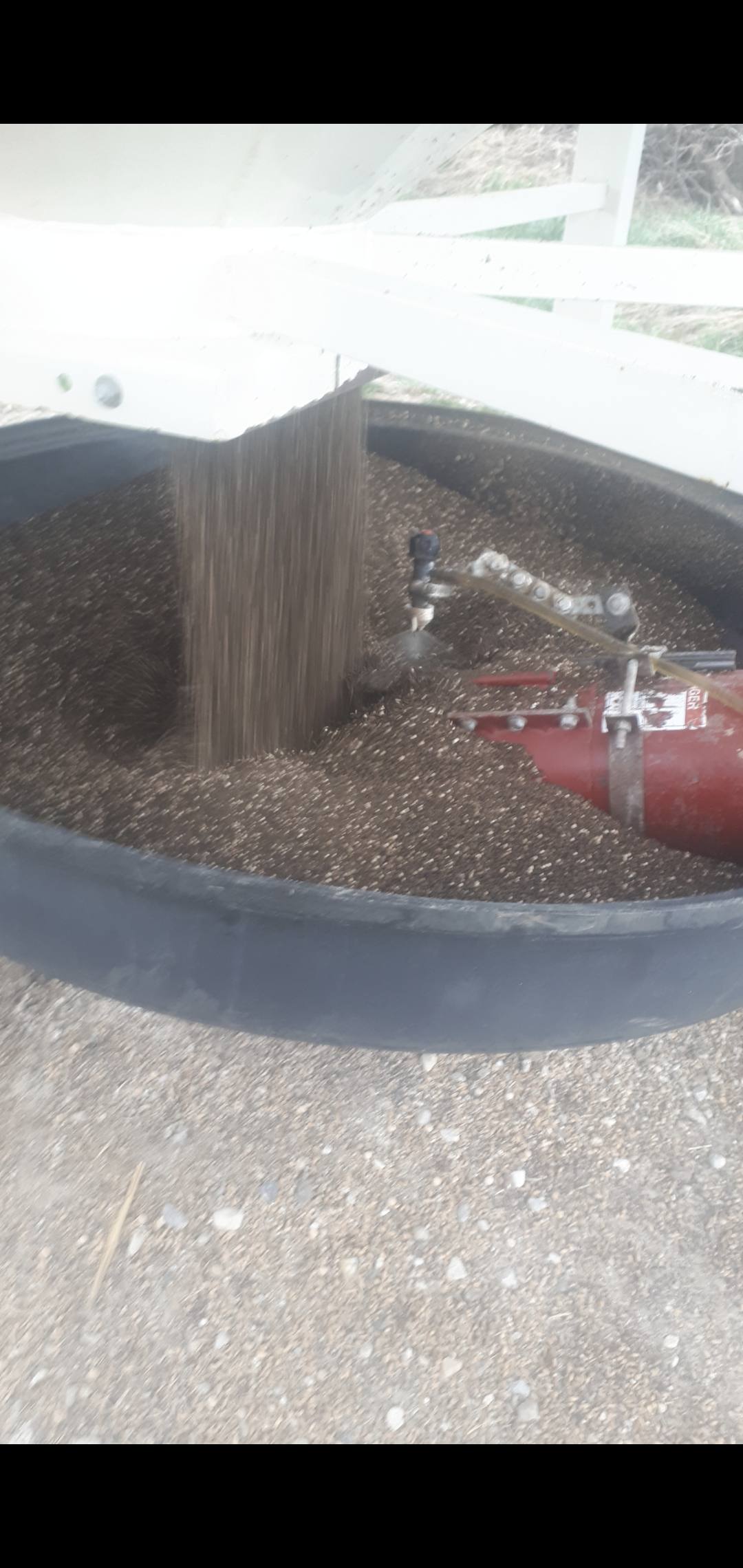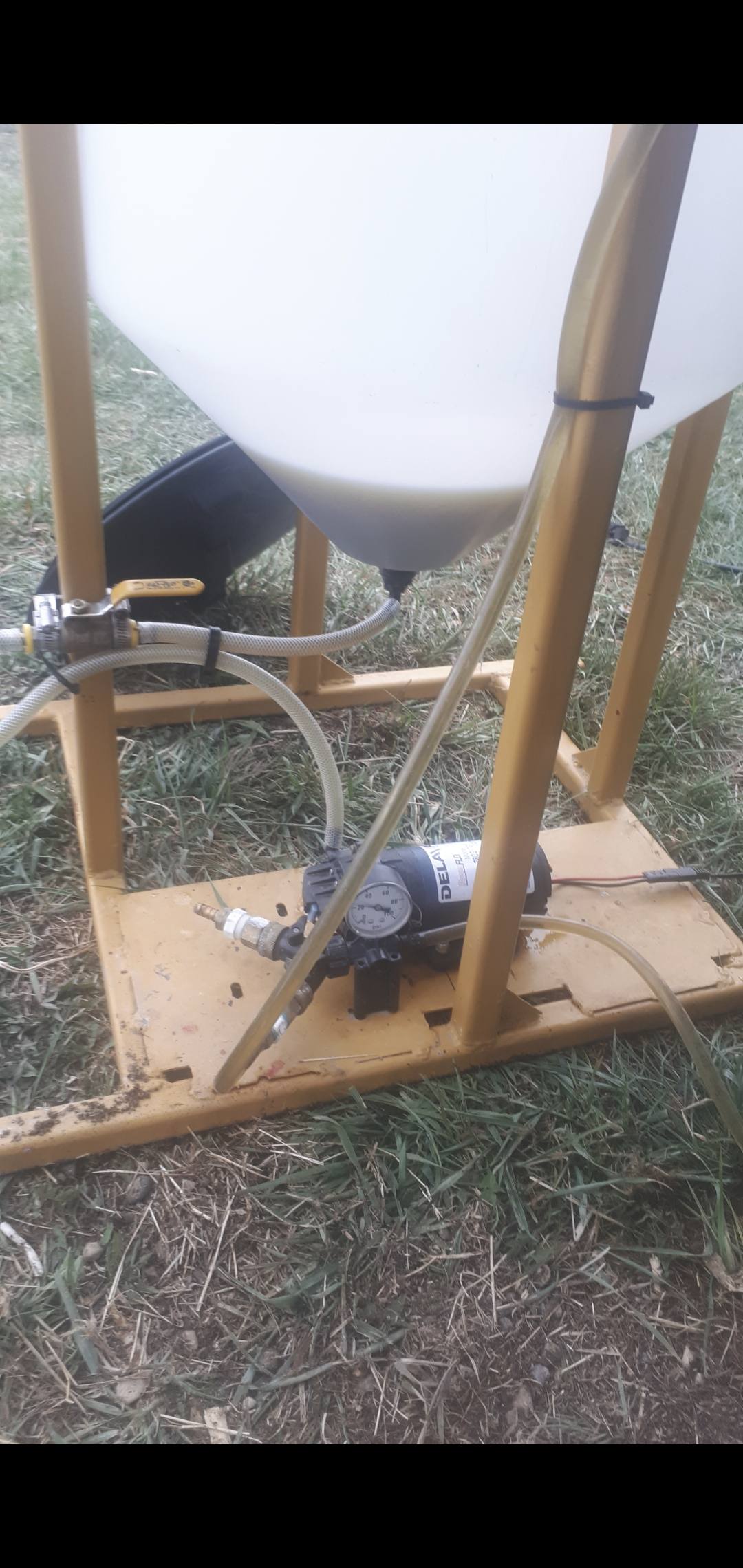Originally posted by helmach
View Post
Announcement
Collapse
No announcement yet.
Top - Phos
Collapse
Logging in...
Welcome to Agriville! You need to login to post messages in the Agriville chat forums. Please login below.
X
-
Yup. We have been using TPA and Carboxylate in our liquid starter formulation for about 5 years now. It is part of the composition of the blend we get. It is part of the program we use including humics, fulvics and foliar applications. We have reduced the amount of P we use on our operation overall and when we take our tissue tests or send SAP analysis to Novacropcontrol in the Netherlands, we are never short on P in the analysis. As far as "mining" our soil goes, yeah well we have 12 years of GPS referenced soil tests, both full macro and micro panel, 0-6, 6-12, and 12-24 inch which seem to so far refute the "mining" idea... But time will tell...
-
I like this, we seem to be seeing better P uptake/utilization as well as with a lignohumate product mixed with our 28-0-0.Originally posted by seedman View PostYup. We have been using TPA and Carboxylate in our liquid starter formulation for about 5 years now. It is part of the composition of the blend we get. It is part of the program we use including humics, fulvics and foliar applications. We have reduced the amount of P we use on our operation overall and when we take our tissue tests or send SAP analysis to Novacropcontrol in the Netherlands, we are never short on P in the analysis. As far as "mining" our soil goes, yeah well we have 12 years of GPS referenced soil tests, both full macro and micro panel, 0-6, 6-12, and 12-24 inch which seem to so far refute the "mining" idea... But time will tell...
Comment
-
We’ve been applying 110lb- 120lb/ac of MAP annually for the last 5 years. It doesn’t leach, gas off, and I’m pretty sure any bonding it’s doing in the soil will be temporary, if that means 5 years or 25 I don’t really mind.
Most plants excrete root exudates, organic acid compounds meant to act as natural chelators to free up essential nutrients. Many of the crops we grow can scavenge nutrients fairly well. I don’t grow faba but supposedly you will find higher levels of Phos after a season regardless of fertilizer application & supposedly this is also true to a lessor extent with other legumes.
One concern I would have with artificial chelators is the risk of driving excessive macro and micronutrients out of the soil but idk maybe this isn’t a problem for these products. Regardless, nobody is paying us for higher nutrient dense food or oil content or protein for that matter.
Natures balance can easily be disrupted by man technological intervention. A slow creep of soil acidification is happening with fertilizer use and with higher soil PH we also usher in a heightened risk of desease pressure from clubroot and company.
These heavy blanket applications of elemental S for example are showing a tendency to elevate many nutrient element levels in plant material. That’s great for the near term but does this fit with the “sustainable†train. Speaking of snake oil, has anyone actually found a decent micronutrient product with reasonable amounts of the elements in question. It seems like the little jugs iv seen for sale have more food dye in them then anything. The nutrient quantities don’t add up to anything more then the most minuscule supplement.
Will definitely look into this TPA
Comment
-
Originally posted by Rareearth View PostSo tpa is a chelation product. No never heard of it.
Humic acids are accepted in the green houses, jurry still out still a chelation product
The other chelation products such as edta might have environmental - safety issues ( this is what many currently available - commercial products use
It's a polymer coating much like esn, has a high exchange capacity not specific to metal ions? Extreamly cheap to apply and have noticed a much more green index from the crop throughout the growing season.
Humic acid has alot of weight behind it when in the soil, especially when used with liquid 28-0-0. It is the original nitrogen stabilizer, buffers soil ph and has a high cation exchange capacity.
Fulvic acid is something I'm still learning, 3 yrs is not enough data for me
just yet. (using fulvic in micros to achieve better utilization/uptake through the mitochondria of cell tissue)
I'
Comment
-
This is a great question that I couldn't even begin to fully understand but my two cents would be alot of factors influence the rate with no set "time" scale. Ph, moisture, soil content/type (clay), temperature, biological, and timeOriginally posted by workboots View PostThis idea that phosphorus in its traditional fertilizer formations is becoming “locked upâ€. I’d like to see the evidence for this. I’m talking long term inaccessible loss to the point that a producer would not be able to utilize this phosphate for plant growth in the foreseeable future.
I like the low salt feature of some of these new products and perhaps we have a good candidate for a seed safe starter but I doubt this has any economical value as a soil nutrient building tool.
Mineralization- the amount of organic material turned into inorganic phosphorus through soil biological activity. Humic acid plays a role here creating healthy soil crumbs and food for biologicals realasing inorganic material back into a soil solution phosphorus (plant available) temp, moisture also effect speed at which OM is broken down.
Adsorption- Process in which metal ions (inorganic phosphorus or plant available) bind with other elements, this rate is influenced by ph and soil type. High ph tend to have elevated Ca and low ph elevated Al, Fe or called "sorbed phosphorus" This is where TPA gets involved and has big upside. The realses or unbinding process is called dissolution and is extreamly slow.
Out of all 3 of the phosphorus "pools" in your soil it is of my understanding that the fixed pool consisting of phosphorus that is unavailable for plant uptake and is comprised of primary minerals (insoluble inorganic phosphate compounds) and organic phosphorus compounds that do not mineralize easily would be the largest.
Second pool consists of "absorbed" phosphorus so your binded po4 and organic phosphorus that minerlizes easier.
Third and smallest would be your inorganic (plant available) phosphorus.
Comment
-
On our own small scale trials we put
The same actual of top crop as 11 52
The top crop had a higher yield but cost
Was up obviously. When we put what
They said we had slight yield advantage
Of top crop but a healthier looking plant
When we put lower yield was way less than
The 11 52.
So equal amounts of 11 52 to actual top Krop did
Prove on our trials that top krop is more available
Then 11 52.
Comment
- Reply to this Thread
- Return to Topic List



Comment